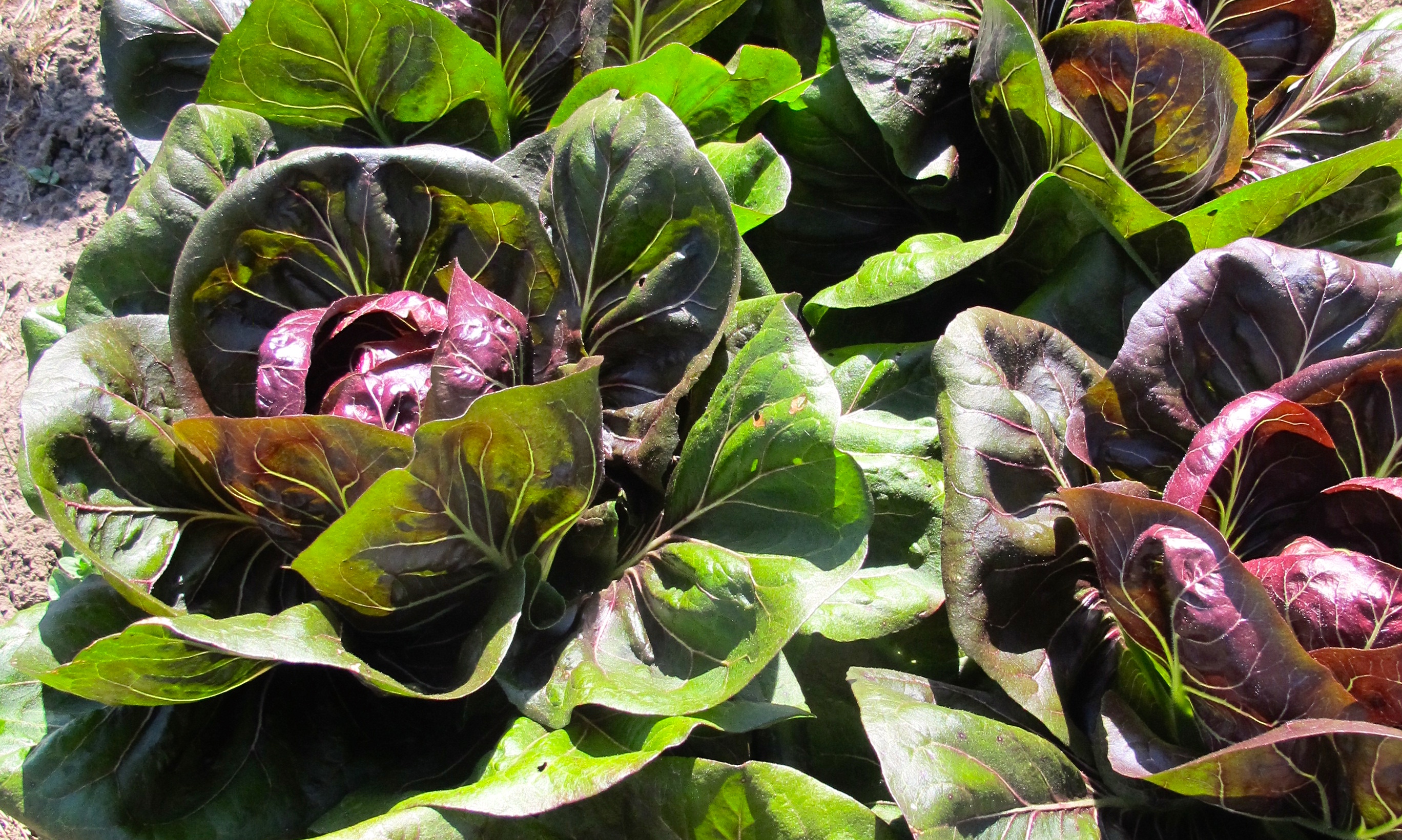Sources
Nitrates are known to come from run-off fertilizer used in agricultural production, but also from leaching from septic tanks and erosion of natural deposits. Here nitrates refers to both nitrate and nitrite as nitrogen.
Nitrogen loads in the Reclamation Canal vary throughout the year. Thousands of acres of agricultural and urban land drain westward, through the Reclamation Canal and into the Monterey Bay Marine Sanctuary. Running with it is a wide variety of chemical pollutants including pesticides, sediment and fertilizers. The chart above shows a "bottom of the watershed" picture of nitrogen loading in water samples from 2012-2013 collected by the Central Coast Ambient Monitoring Program. The majority of samples are well above the EPA's drinking water standard, at 10 milligrams per liter. Although no communities source their drinking water directly from the Reclamation Canal, the water is one of many sources which percolates down into the Salinas Valley Aquifer. Additionally it is used for irrigation of nearby row-crops, thereby compounding nitrogen applications to fields.
Impacts
Excessive nutrients may cause:
- Toxic Effects (degradation of drinking water supplies)
- Degradation of aquatic habitat ("bio stimulation" = plant growth, algal blooms)
- Public health risks and nuisance (algal toxins)
- Degradation of irrigation supply (for sensitive crops)
Health
Nitrates are colorless, tasteless, and odorless and therefore impossible to detect in drinking water without the aid of scientific testing. Nitrates disable hemoglobin, preventing oxygen from traveling effectively through the circulatory system, and can cause symptoms that are generally subtle, yet debilitating, like headache, fatigue, and shortness of breath.
The impacts are much more serious for pregnant women, the elderly, and infants. Infants below the age of six months who drink water containing nitrate or nitrite can suffer from “blue-baby” syndrome, caused by oxygen deprivation. This causes a blue-ish tinge in the skin, and if not treated immediately, can cause death. Research also shows correlation between nitrate exposure, Parkinson’s disease, cancer and other diseases.

Scope of nitrate pollution of surface waters. Central Coast Water Board TMDL Program, Feb 2014. See reference 2 for complete presentation.
Testing and Monitoring
Nitrate in drinking water is tested and detected by the Department of Environmental Health, the Regional Water Quality Control Board, and independent parties as commissioned to fulfill compliance orders by state law.
Nitrate monitoring is carried out by growers as mandated by the State Water Quality Control Board under the Porter-Cologne Act, and the national Clean Water Act. Legally, growers must record and monitor the amount of run-off that leaves their land. In Monterey County, this is regulated by a policy called the Central Coast Region Agricultural Waiver, otherwise known as the “Ag Order.”
The national standard for nitrates in drinking water is not to exceed 10 micrograms per liter.
Solutions
Safe Drinking Water Actions:
Safe drinking water actions are short and long-term actions to address nitrate contamination in the most efficient and affordable manner. Once nitrate contamination has been detected in drinking water, a new source of water must be found immediately. DO NOT boil suspicious to drink. Boiling water can make the nitrate more concentrated.
For small community systems:
- Find replacement water for drinking, cooking, and bathing
- Install a filtration system – such as reverse osmosis water treatment – for the household or small community water system
- Connect to an existing water system
- Drill a deeper well
Alternative water supplies are only as good as their source, collection method, and storage. Before using any source of water, find out exactly where the water is sourced from, and that it meets federal drinking water standards of nitrate and bacteria levels.
Source Reduction Actions:
Many actions can be taken to prevent nitrogen-laden run-off from leaving agricultural land and entering waterways, or seeping into shallow wells. First, nitrogen fertilizer inputs must be decreased. Often soil and well-water used for irrigation already contains levels of nitrogen and therefore additional fertilizer application is excessive.
In summary:
- Decrease nitrogen fertilizer inputs to crop production
- Monitor nitrogen loads and factor in existing nitrogen in soils and irrigation water
- Treatment wetlands
- Outfit household or Community filtration systems – reverse osmosis
- Invest in land-management technologies – i.e. Nitrogen recyclers

References
- Center for Watershed Sciences, UC Davis. “Addressing Nitrate in California’s Drinking Water” Prepared for the State Water Resources Control Board. 2012
- Central Coast Water Board TMDL Program “Nutrient TMDLs: Lower Salinas River and Reclamation Canal Basin, and the Moro Cojo Slough Subwatershed - Monterey County” Presentation." Feb 2014.
- McCasland, M. et, al. "Nitrate: Health Effects in Drinking Water" Cornell University Cooperative Extension. Accessed Dec 2015